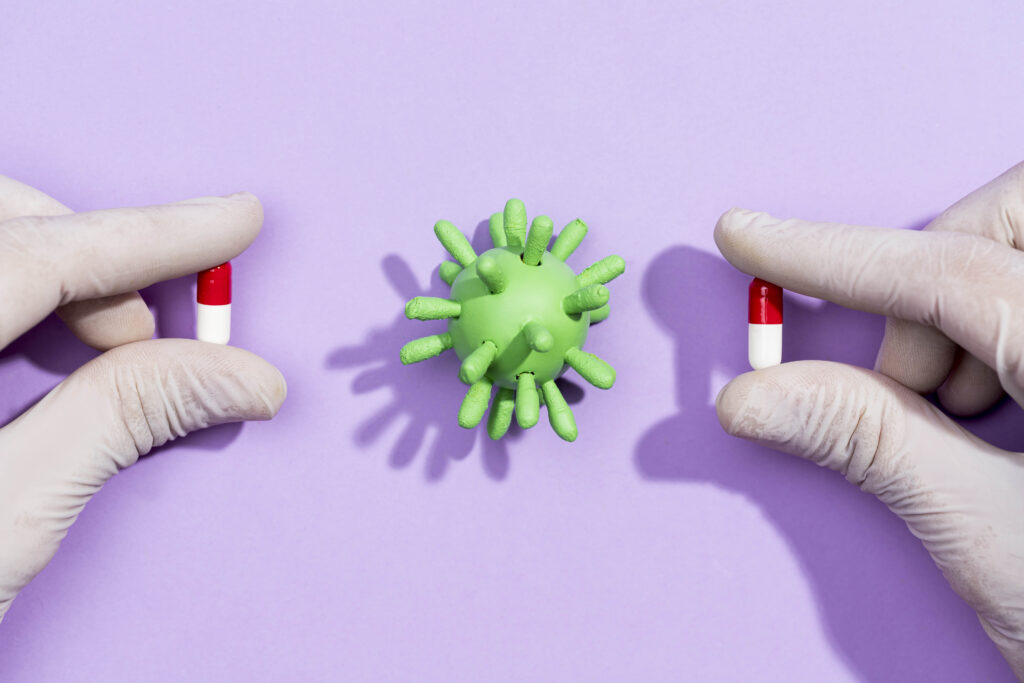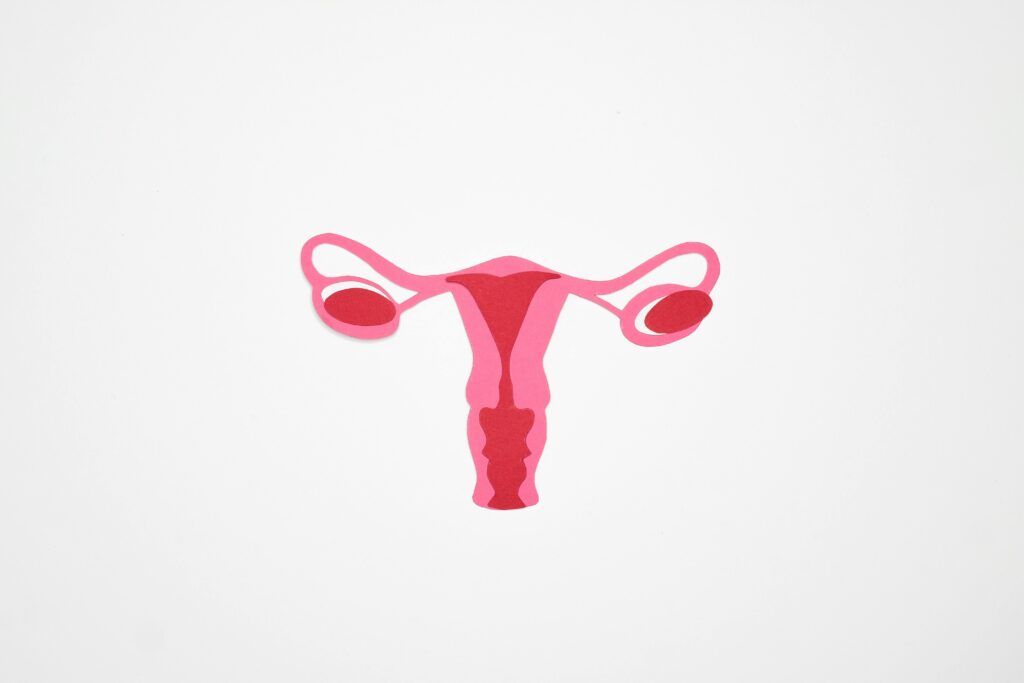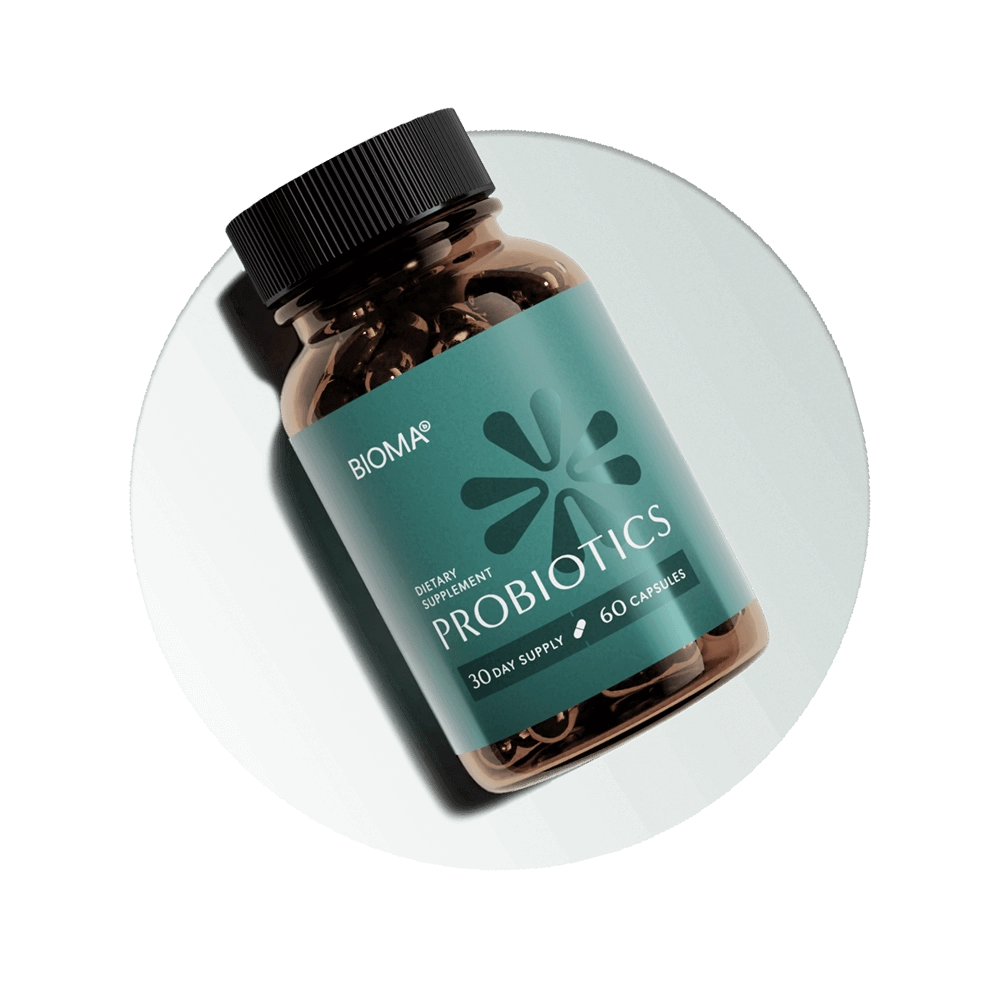Bacterial Vaginosis and Probiotics: A Complete Guide to Balance Vaginal Microbiome

Vaginal health is a topic that too often remains in the shadows, yet it plays a critical role in overall well-being. One of the most common but under-discussed conditions affecting women is bacterial vaginosis (BV). If you’ve ever experienced unusual discharge, a fishy odor, or discomfort, BV may have been the cause. While not life-threatening, it can have significant effects on confidence, relationships, and long-term health. Fortunately, growing research highlights how probiotics can help restore balance and reduce recurrence, making them an essential part of the conversation.
What Is Bacterial Vaginosis? Understanding the Basics
Bacterial vaginosis is not a sexually transmitted infection, though it is often mistaken for one. Instead, it’s caused by an imbalance in the natural bacteria living in the vagina. Normally, Lactobacillus species dominate the vaginal microbiome, producing lactic acid that keeps the pH slightly acidic and protects against infections. When these healthy bacteria decline and harmful species overgrow, BV develops.
Many women confuse BV with yeast infections. The two are different:
- BV usually causes thin, grayish discharge with a strong odor.
- Yeast infections cause thick, white discharge with itching.

Bacterial Vaginosis Signs and Symptoms
Not every woman with BV notices symptoms, but when they do appear, they often include:
- Thin white or gray vaginal discharge
- A noticeable “fishy” smell, especially after sex
- Vaginal itching or irritation
- Burning sensation during urination
Some women only discover BV during routine gynecological exams. Whether or not symptoms are obvious, untreated BV can increase the risk of pelvic infections and complications during pregnancy, so awareness is key.
Causes: How Does Bacterial Vaginosis Bacteria Disrupt Balance?
At its core, BV is about imbalance. The vaginal ecosystem thrives when Lactobacillus species are in charge. When their numbers decline, other bacteria, such as Gardnerella vaginalis, grow unchecked.
Common triggers include:
- Unprotected sex or frequent changes in sexual partners
- Antibiotic use that wipes out protective bacteria
- Douching or using perfumed products that disrupt pH
- Hormonal fluctuations during pregnancy or menstruation
During pregnancy, BV is more than uncomfortable. It has been linked to preterm labor and low birth weight, making prevention and timely treatment essential.

Why Probiotics Matter in Bacterial Vaginosis
Probiotics have become a cornerstone in conversations about vaginal health, and for good reason. Unlike conventional treatments that only target harmful bacteria, probiotics aim to restore balance by reintroducing beneficial microorganisms into the vaginal ecosystem. In the case of bacterial vaginosis, this means replenishing Lactobacillus strains, which are naturally responsible for maintaining an acidic pH and preventing the overgrowth of disruptive species like Gardnerella vaginalis.
Scientific studies show that probiotics particularly strains such as Lactobacillus rhamnosus and Lactobacillus reuteri, can play a decisive role in recovery and prevention. Taken orally or applied locally, they work to create an environment where protective bacteria thrive, reducing odor, discharge, and recurrence. Unlike antibiotics, which provide only temporary relief, probiotics address the root of the problem by encouraging long-term microbial balance. This makes them not just an add-on, but a vital ally in managing and preventing bacterial vaginosis.
How to Treat Bacterial Vaginosis: Conventional vs Natural Approaches
Doctors usually prescribe antibiotics such as Metronidazole or Clindamycin to clear BV. These treatments are effective in the short term, but recurrence rates can be as high as 50% within six months.
That’s where probiotics step in. By repopulating the vagina with beneficial bacteria, they address the root cause – imbalance rather than just suppressing symptoms. Women who combine antibiotics with probiotics often experience fewer relapses and better long-term outcomes.
Self-care strategies also play a role in managing BV:
- Avoid douching and harsh cleansers
- Wear breathable, cotton underwear
- Maintain a balanced diet rich in fiber and fermented foods
- Support gut health, since the gut microbiome influences the vaginal microbiome

Probiotics for Bacterial Vaginosis: Your Long-Term Ally
Adding probiotics to your routine is one of the most effective ways to prevent BV from coming back. Unlike antibiotics, which reset the vaginal environment, probiotics build resilience.
The gut-vagina connection plays a crucial role in maintaining intimate health. A well-balanced gut provides beneficial bacteria that can migrate to the vaginal area, where they help sustain balance and resilience. When women include daily probiotics specifically formulated to support both digestive and vaginal health, the benefits can extend beyond easing discomfort. Probiotics may lower the risk of recurrent bacterial vaginosis, promote a healthier vaginal pH, and strengthen the immune system. They can also help reduce the likelihood of other urogenital issues, such as urinary tract infections, by creating an environment where protective bacteria thrive naturally.
How to Get Rid of Bacterial Vaginosis Long-Term: Lifestyle & Prevention
Since BV is often recurrent, prevention strategies are just as important as treatment. Here’s what can make a difference:
- Use condoms to minimize bacterial transfer
- Limit use of scented soaps, wipes, or sprays
- Support your gut health with a fiber-rich diet
- Stay consistent with probiotics to keep protective bacteria strong
Think of probiotics as daily “maintenance” for your vaginal microbiome, just as brushing your teeth maintains oral health.
Myth-Busting: Clearing Up Confusion About BV
Despite its prevalence, many myths surround BV:
- “BV only affects sexually active women.” False. BV can occur in women of all ages, regardless of sexual activity.
- “BV is a sexually transmitted infection.” False. It’s not an STI, but sexual activity can trigger imbalances.
- “BV always causes symptoms.” False. Some women carry BV without noticeable discomfort, but it still poses risks.
Correcting these misconceptions helps reduce stigma and empowers women to seek timely help.
Supporting Vaginal Health with Probiotics: The Bioma Perspective
At Bioma, we see vaginal health as inseparable from overall microbiome wellness. A balanced gut provides the foundation for a balanced vagina, since beneficial bacteria from the digestive system often influence the vaginal environment. That’s why our Digestive & Gut Repair formula was designed not only to ease digestive discomfort but also to promote a healthier gut-vagina connection.

Taking Control of Your Vaginal Microbiome
Bacterial vaginosis is common, but it doesn’t have to control your life. By understanding its causes, recognizing symptoms, and taking proactive steps with probiotics and lifestyle habits, you can maintain long-term balance.
Whether you’re looking for ways to treat bacterial vaginosis, reduce recurrence, or simply strengthen your vaginal health, the solution lies in consistency and prevention. Probiotics, especially when paired with mindful habits, empower you to take control of your vaginal microbiome and invest in your overall well-being.
Related articles




